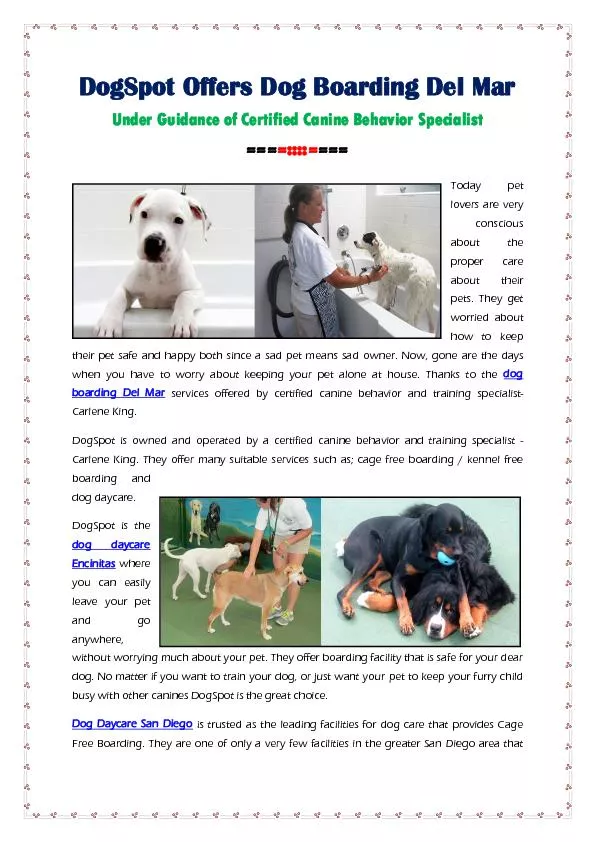PDF-Tracking is all about using the wonderful scenting ability of the dog&
Author : debby-jeon | Published Date : 2015-10-17
x2013 but whatx2019s so wonderful about that nose The dog uses soft tissue bones nerves and parts of the brain to handle scent Bones and soft tissue form spaces
Presentation Embed Code
Download Presentation
Download Presentation The PPT/PDF document "Tracking is all about using the wonderfu..." is the property of its rightful owner. Permission is granted to download and print the materials on this website for personal, non-commercial use only, and to display it on your personal computer provided you do not modify the materials and that you retain all copyright notices contained in the materials. By downloading content from our website, you accept the terms of this agreement.
Tracking is all about using the wonderful scenting ability of the dog&: Transcript
Download Rules Of Document
"Tracking is all about using the wonderful scenting ability of the dog&"The content belongs to its owner. You may download and print it for personal use, without modification, and keep all copyright notices. By downloading, you agree to these terms.
Related Documents










